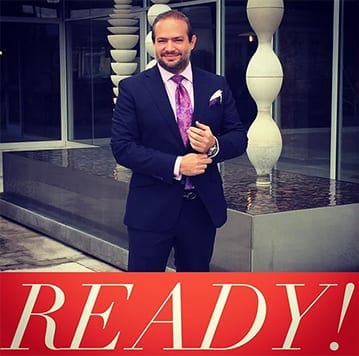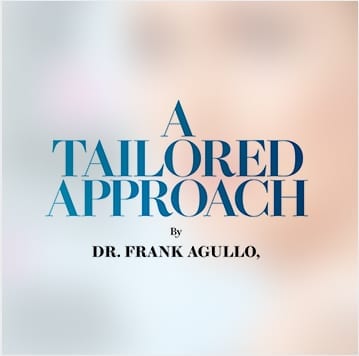July 24, 2015 | Earlobe Repair, El Paso Office, Las Cruces, Techniques
 Most often, torn earlobes occur due to either too-heavy jewelry worn in the earlobe or through accidental tearing caused by an incident. It can happen suddenly and unexpectedly. One minute you may be playing with your children and the next, your earring gets ripped out right through the earlobe tissue. A split that occurs in your earlobe may seem unattractive and unsightly. It can make you feel self-conscious.
Most often, torn earlobes occur due to either too-heavy jewelry worn in the earlobe or through accidental tearing caused by an incident. It can happen suddenly and unexpectedly. One minute you may be playing with your children and the next, your earring gets ripped out right through the earlobe tissue. A split that occurs in your earlobe may seem unattractive and unsightly. It can make you feel self-conscious.
Sometimes, the earlobes are not completely torn, but the earring holes are stretched and seem to be close to impending doom.
Your earlobes are comprised of fatty tissue and soft skin, which makes them a good place for piercing. Some people have small earlobes while others have medium to large sizes; this is why men and women choose varying degrees of size when it comes to earrings they prefer wearing. The dangly or heavy earrings are more dangerous to your earlobe, although millions of people love to wear them. Your earlobes’ soft tissues may not be strong enough for some larger earrings, and especially if you wear them over a long period of time, the earlobe can become more vulnerable to tears or stretching.
What Can Be Done to Fix Split Earlobes?
You may think that your earlobe can repair itself, but this is not generally the case. Transparent tape might be your best attempt at a creative solution, but your skin could experience an adverse reaction.
Dr. Frank Agullo is a board-certified plastic surgeon who helps patients with torn earlobes by performing earlobe repair surgery. Using a gentle, safe technique and modern tools, Dr. Agullo’s delicate earlobe repair technique has helped hundreds of patients to restore their earlobes with minimal to no evidence of there ever being a tear.
During your consultation, Dr. Agullo will assess your earlobe and discuss the technique he will use to repair your earlobe. The technique he uses to repair your earlobe will depend on the type and severity of your tear.
The good news is that earlobe tear repair can be done with just local anesthesia right in Dr. Agullo’s office, without having to endure any pain or hospitalization. Dr. Agullo makes a small mark on the patient’s earlobe and applies numbing lidocaine to the area, so you will not feel anything during the earlobe repair procedure.
During the procedure, Dr. Agullo starts by removing the damaged scar tissue and then begins to work on rebuilding the damage. To repair the earlobe, Dr. Agullo uses either a zigzag or straight repair, similar to “stitching” up a hem on a piece of clothing. Some tears occur in a straight line down while others may rip a good portion of the earlobe, requiring extra care and stitching. He uses very fine threads to repair the earlobe that, after they heal, will eventually disappear if you continue to apply the scar therapy cream after the earlobe repair procedure has been completed.
Can I Ever Wear Earrings Again?
You should wait at least a couple of months after earlobe repair surgery before considering getting your earlobe re-pierced. We recommend that you stick to the smaller “stud” earrings, rather than attempting any heavy or dangly earrings again, especially if you have small children. They love shiny things and sometimes have a tendency to pull on earrings, which accounts for a large majority of earlobe tears. Dr. Agullo can re-pierce your ears once they are healed.
Other reasons for earlobe repair might be due to earlobe abnormalities, traumas or accidents, hereditary defects, or intentional changes when a patient gets large earrings due to body art.
If you have any questions about earlobe repair surgery in the Southwest, schedule your consultation with board-certified plastic surgeon Dr. Frank Agullo today by calling our El Paso office at 915-590-7900 or our Las Cruces office at 575-520-5041. For your convenience, you may also fill out our online contact form for more information.



